Hitting the Road
This past week I rolled out my professional piano cleaning services, and I was pleased that one of my customers took advantage of them early on. It was a beautiful and nippy April morning as I packed up my tools and hit the road to the job site. The drive was pleasantly uneventful, and I enjoyed listening to some beautiful music on Interlochen Public Radio as I admired the snow laden scenery along the curving roads leading to my destination.
First Step – Disassembly:
After taking off the top front panel and the music desk, it was readily apparent how badly this aged upright needed cleaning. A thick coating of dust blanketed every surface that faced upward, and even the vertical surfaces had a grey film coating them, with the occasional mini avalanche of dust particles clinging to the sides.
Removal of the action and lower panel:
After sneezing a few times (just kidding), I vacuumed off the majority of the dust from the action. I continued the disassembly by removing the action and the lower panel below the key bed and setting them aside. The floor of the piano was coated with a veritable swamp of dust and particles. At this point I began vacuuming the upper portion of the piano, to prepare for removing and cleaning the keys.
Removing and cleaning the keys:
Now comes the most time consuming portion of the cleaning process… Taking out all the keys and dusting and polishing them one by one. As each key was removed, the dusty and dirty keyframe was revealed. It was littered with some sort of white matter which you can see in the photos to the right.
Second Step – Vacuum and Polish:
Next the piano received a thorough cleaning using both compressed air and suction to dislodge every possible dust particle that could be reached. The keybed was thoroughly purged of matter, and the strings were wiped down with an ultra dusting cloth after being vacuumed. After the bulk of the dust was removed, all wooden surfaces were wiped down with properly formulated wood polish to remove the minor remaining residue of dust, and to protect and preserve the finish. No cleaning products were applied anywhere near the tuning pins to make sure that there was no risk of compromising their integrity. The action was cleaned again, even more thoroughly now that it was removed from the piano. The lower panel, fallboard, music desk, exterior of the piano, and all remaining wooden parts were cleaned with polish.
Third Step – Reassembly:
I replaced the keys and cleaned the whites and blacks with Cory Products Key-Brite to restore that sparkling shine. Next, in goes the action, taking care not to damage any of the delicate moving parts. I replaced the fallboard, and the music desk. Even though the finish obviously needs repair, it still looks worlds better with all that dust gone, and the polish adding a pleasant sheen.
The Finished Product!
Fully assembled with the top front panel replaced and the top closed, and looking so much better than at the beginning!
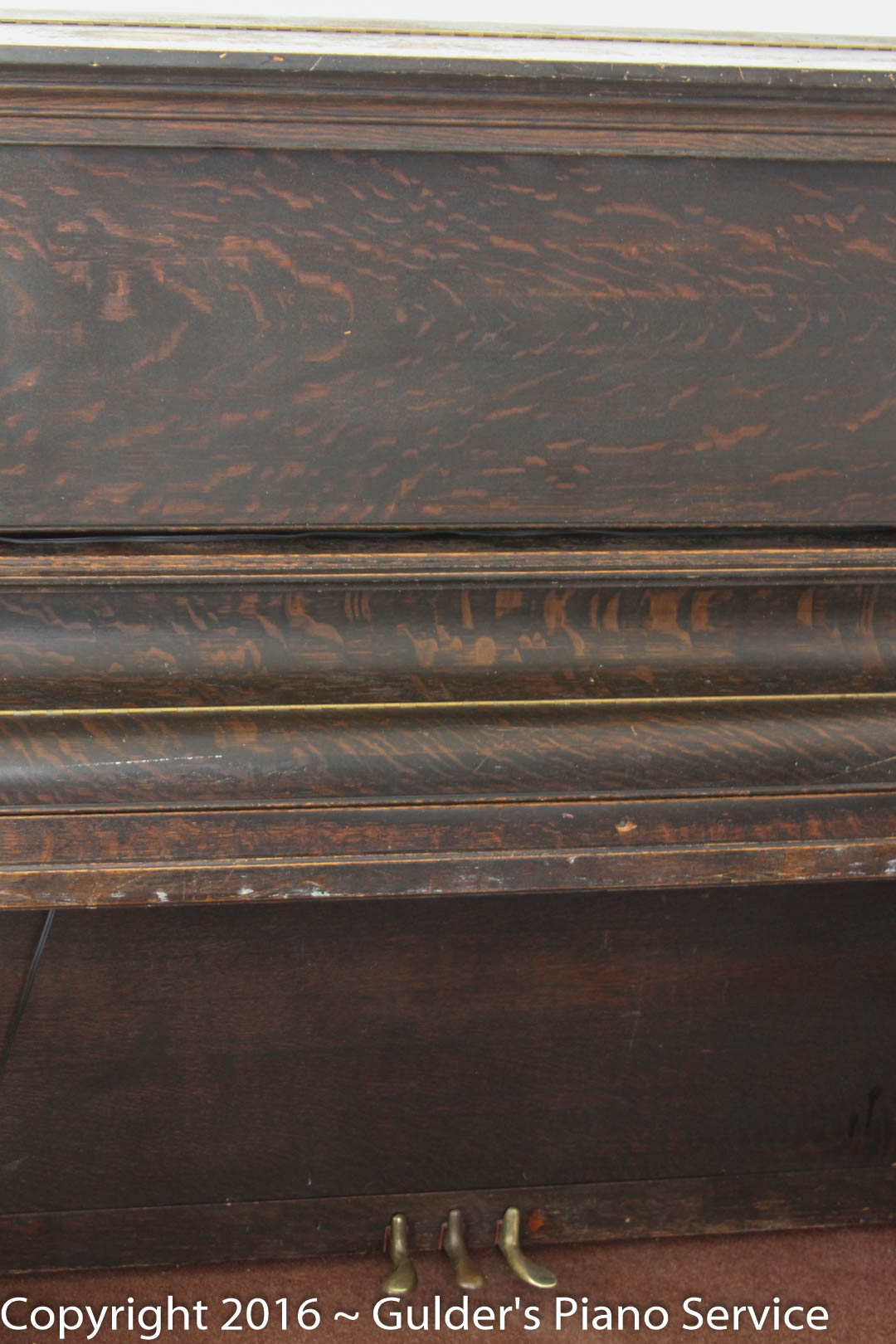
"Why Should I Have My Piano Cleaned?"
Aesthetics:
The pictures above clearly show how the appearance of even a very old and battered piano can be vastly improved by a thorough cleaning. It is especially sad when a shiny grand piano is coated with layers of dust that cause it to look much less than professional. Have your piano cleaned!
Function:
Many things can end up inside a piano. I have found coins, hair barrettes, pencils, pens, guitar picks, animal nests, and more. These items can obstruct the function of your piano, and in some cases cause damage.
Safety:
While it is possible to clean your piano yourself, the action and other parts inside your piano are very easy to damage if proper precautions are not taken. For this reason, it is best to let a professional thoroughly clean your piano inside and out.
Humidity Control:
Dust collects moisture like a sweater collects hair. When dust builds up on the inner workings of your piano, humidity fluctuations are made even worse. Wood parts will swell for more prolonged periods of time, and metal parts will rust much sooner since they have condensation being retained on their surface. It is best to have your piano professionally cleaned approximately every three to five years.
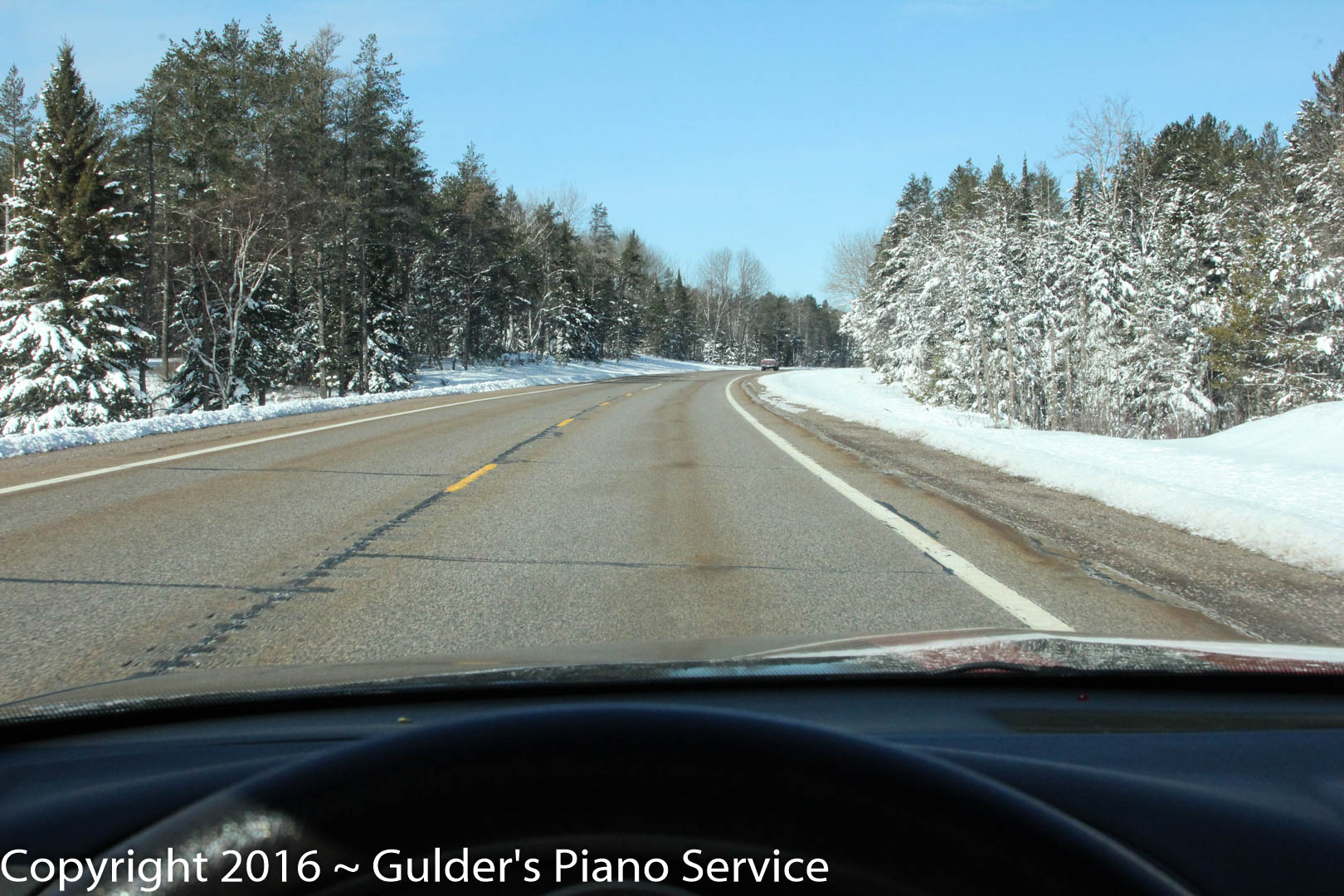
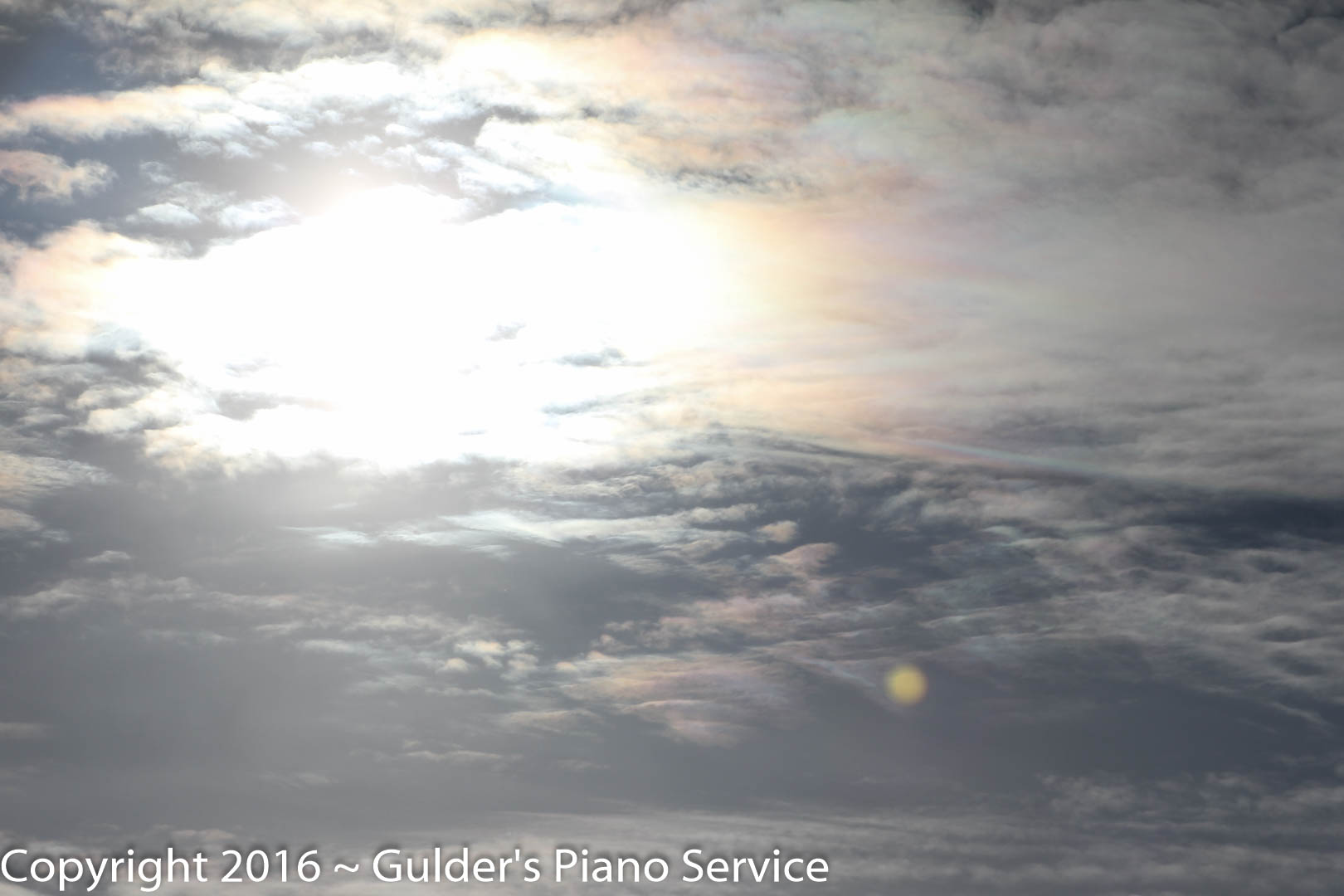
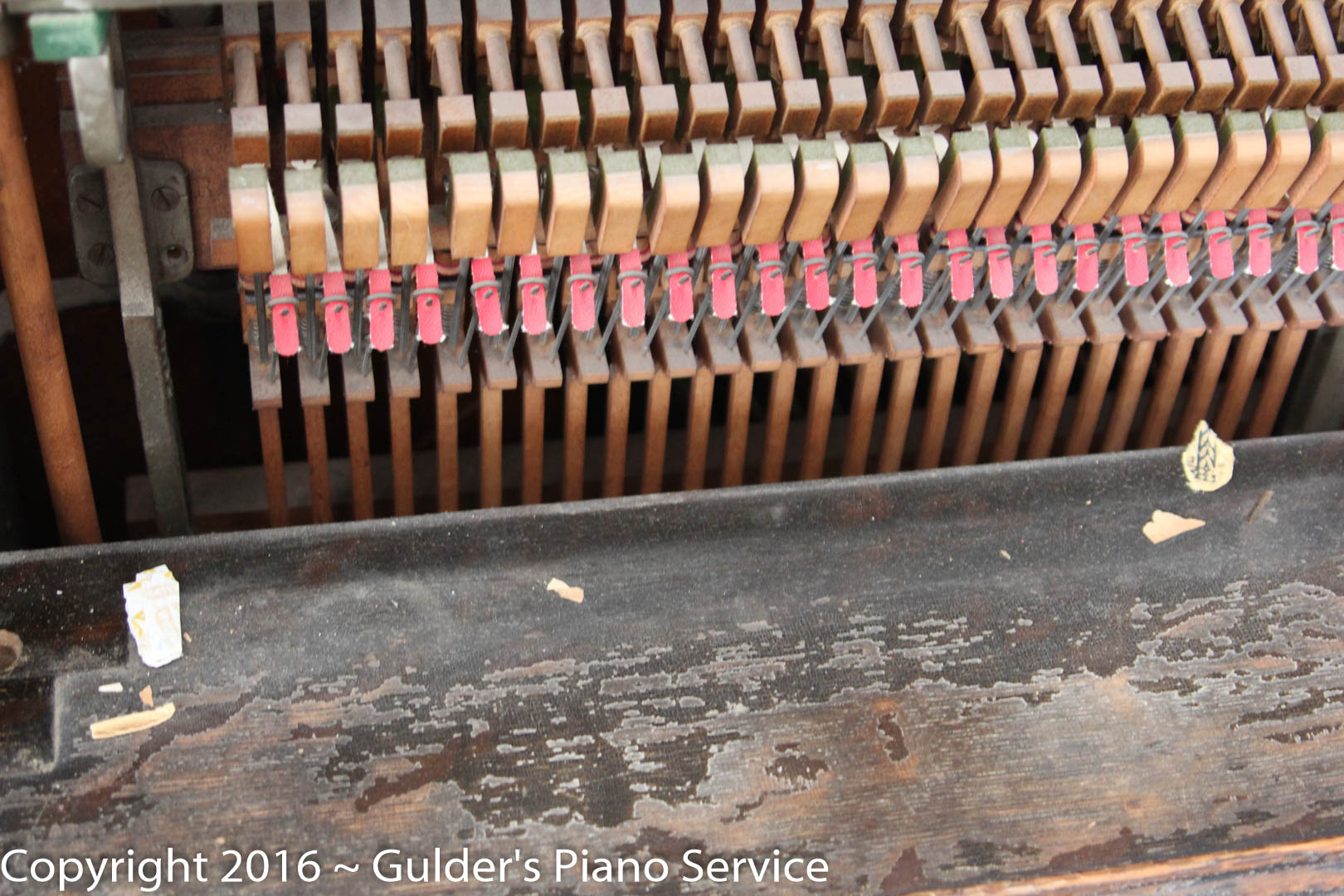
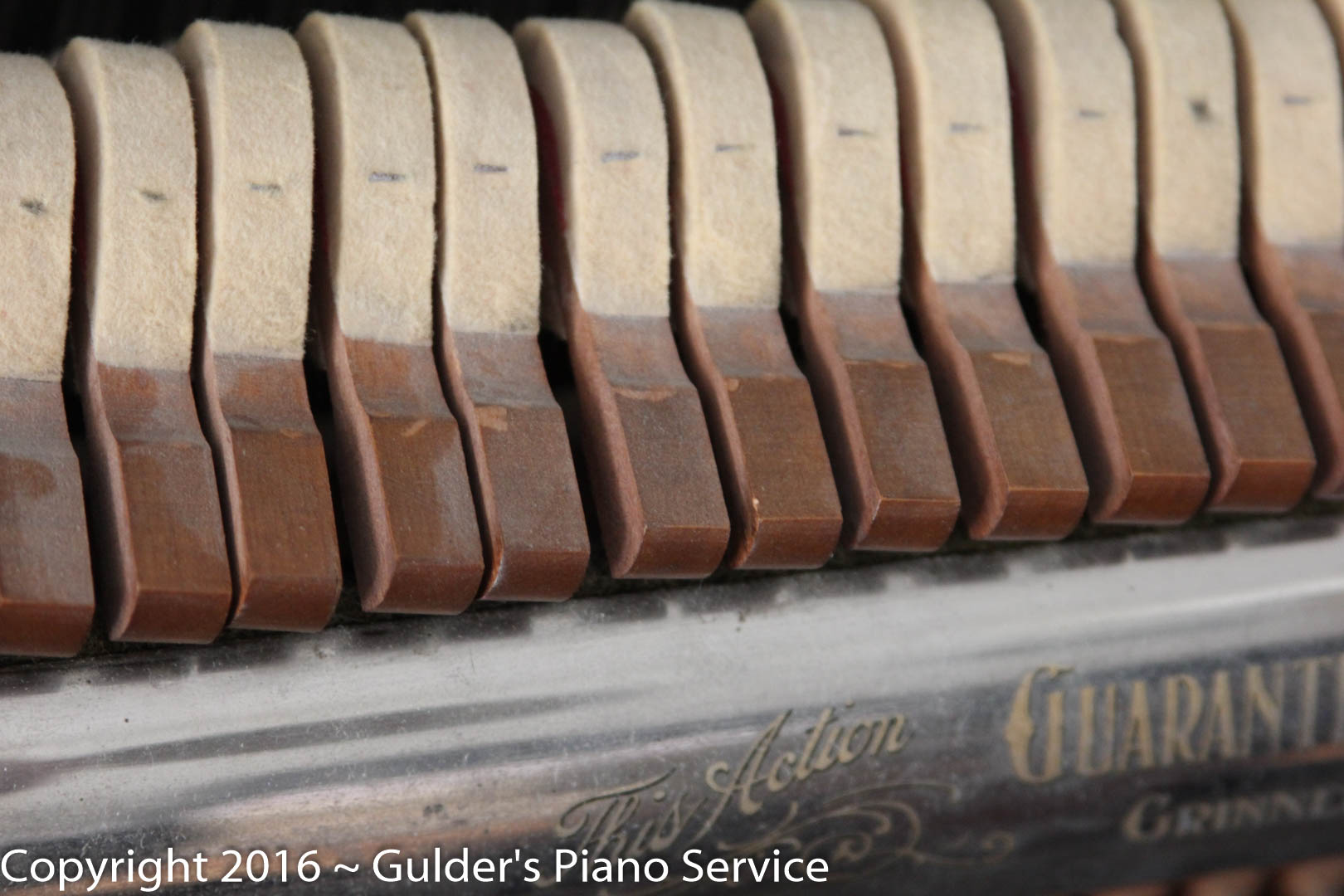
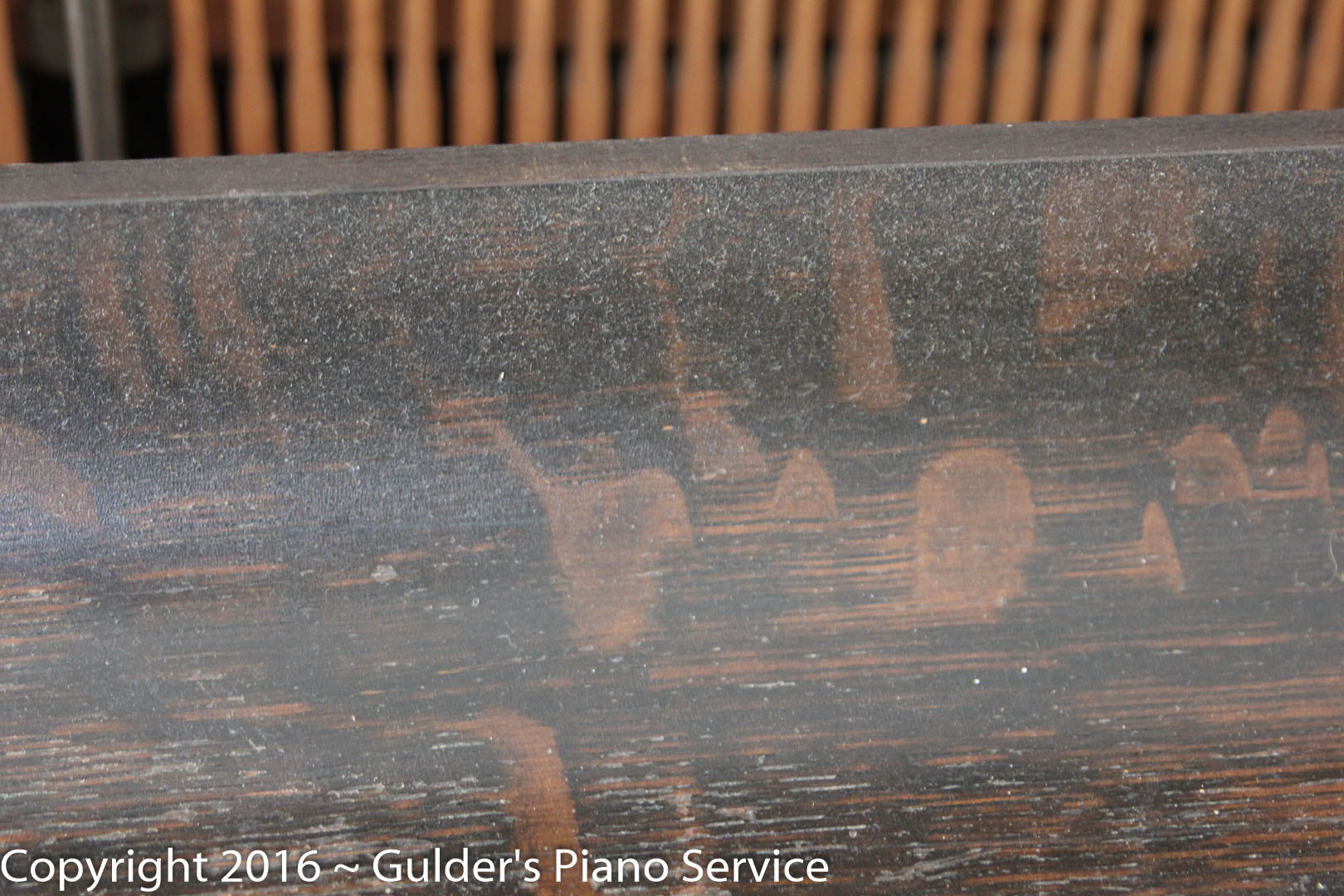
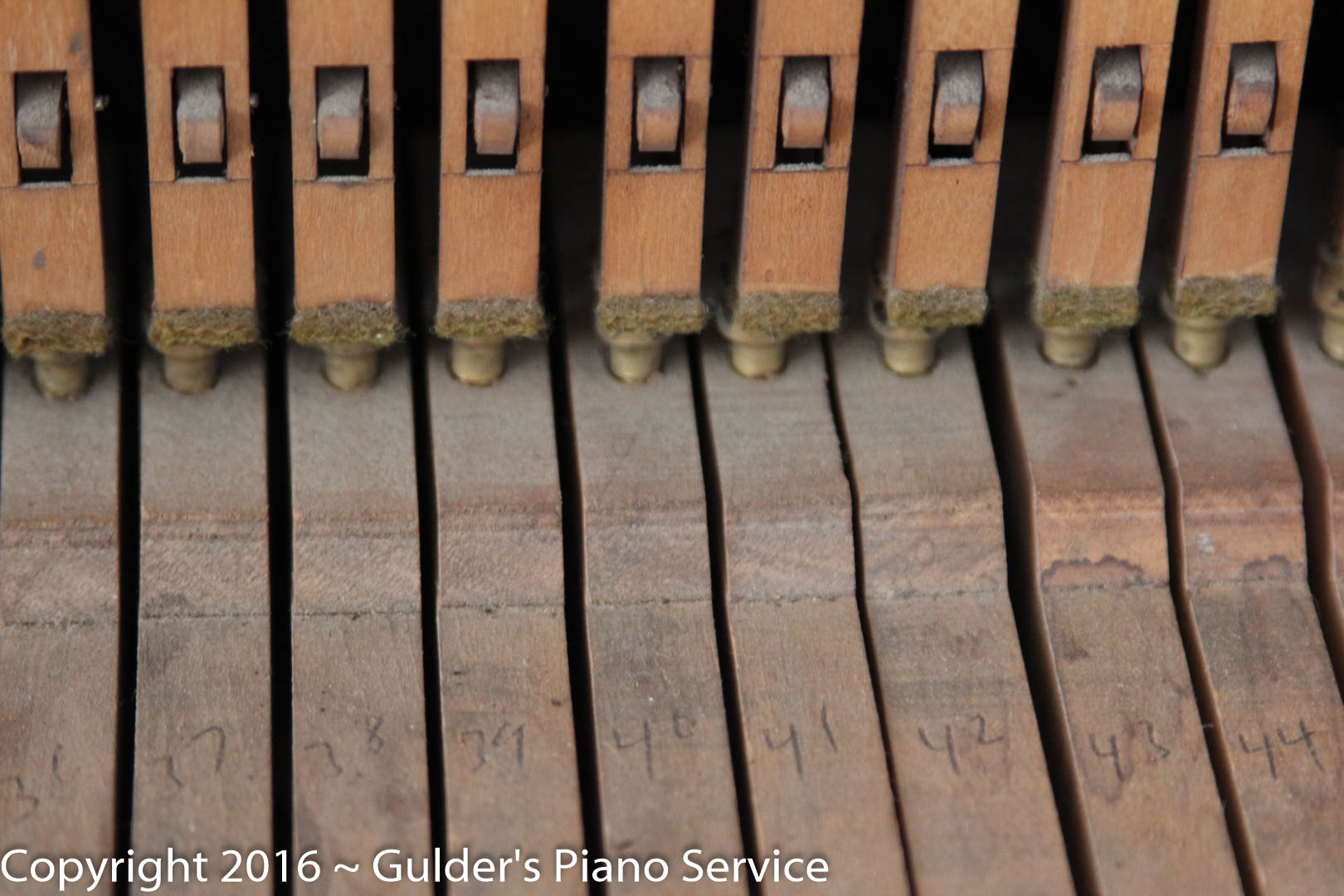
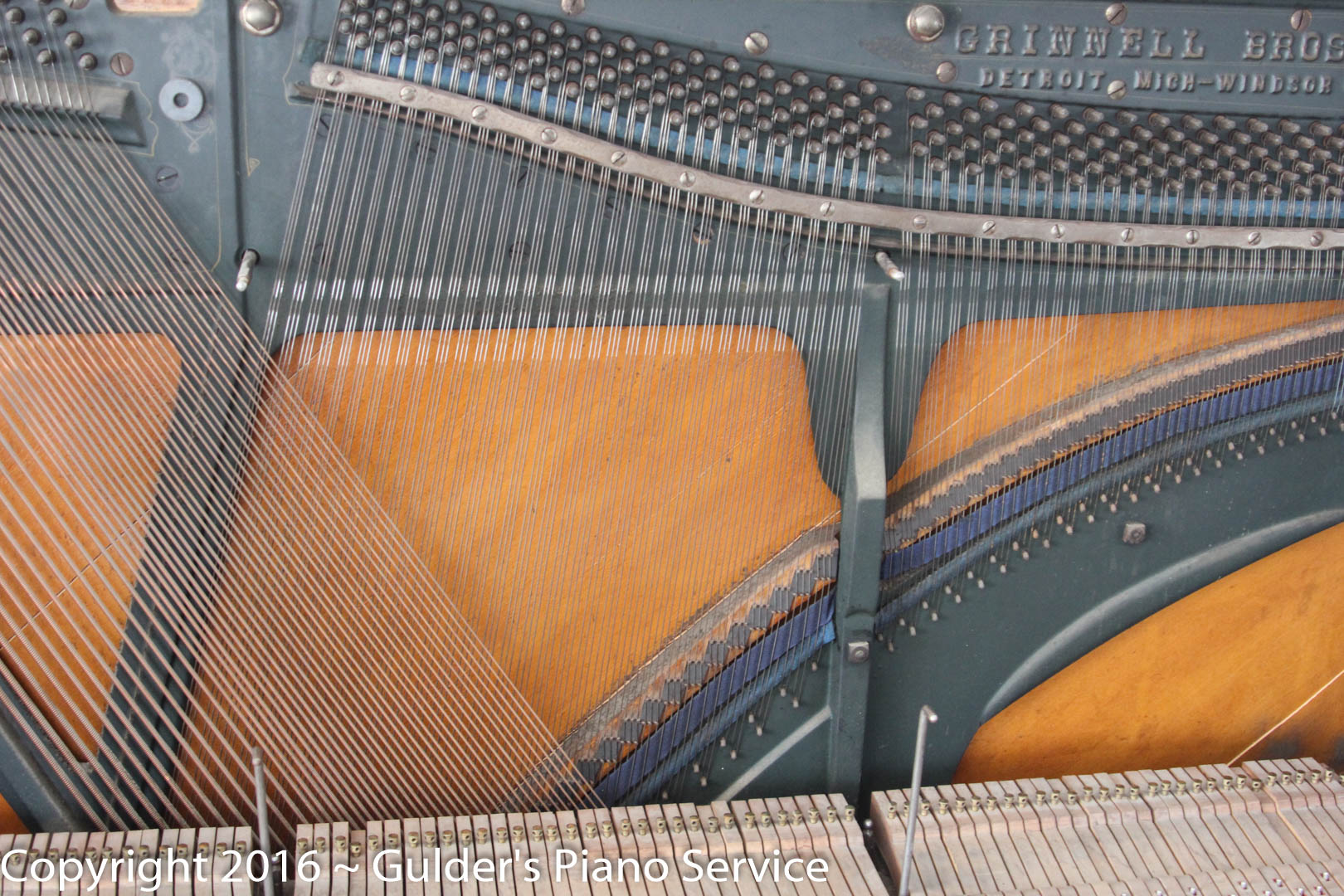
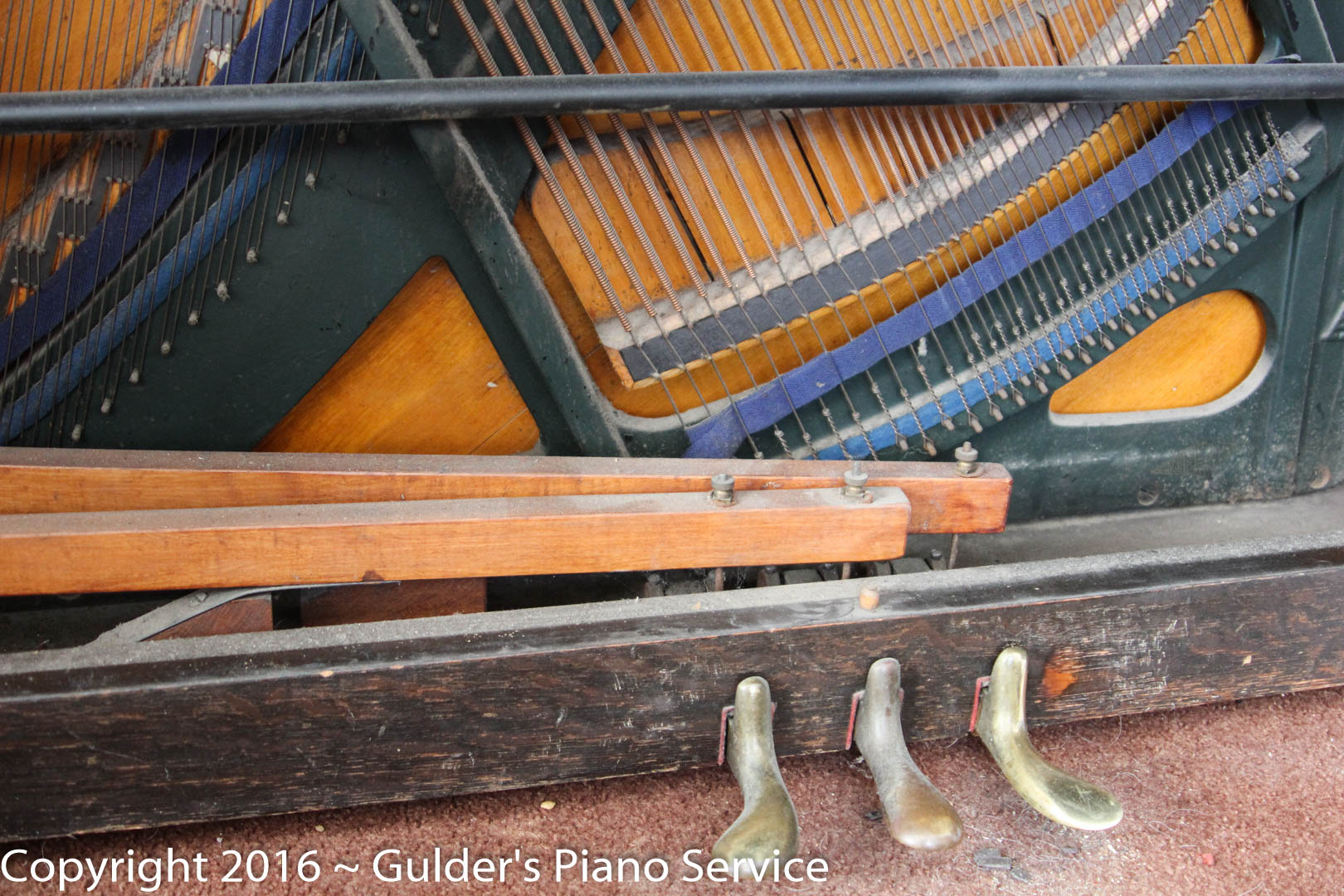
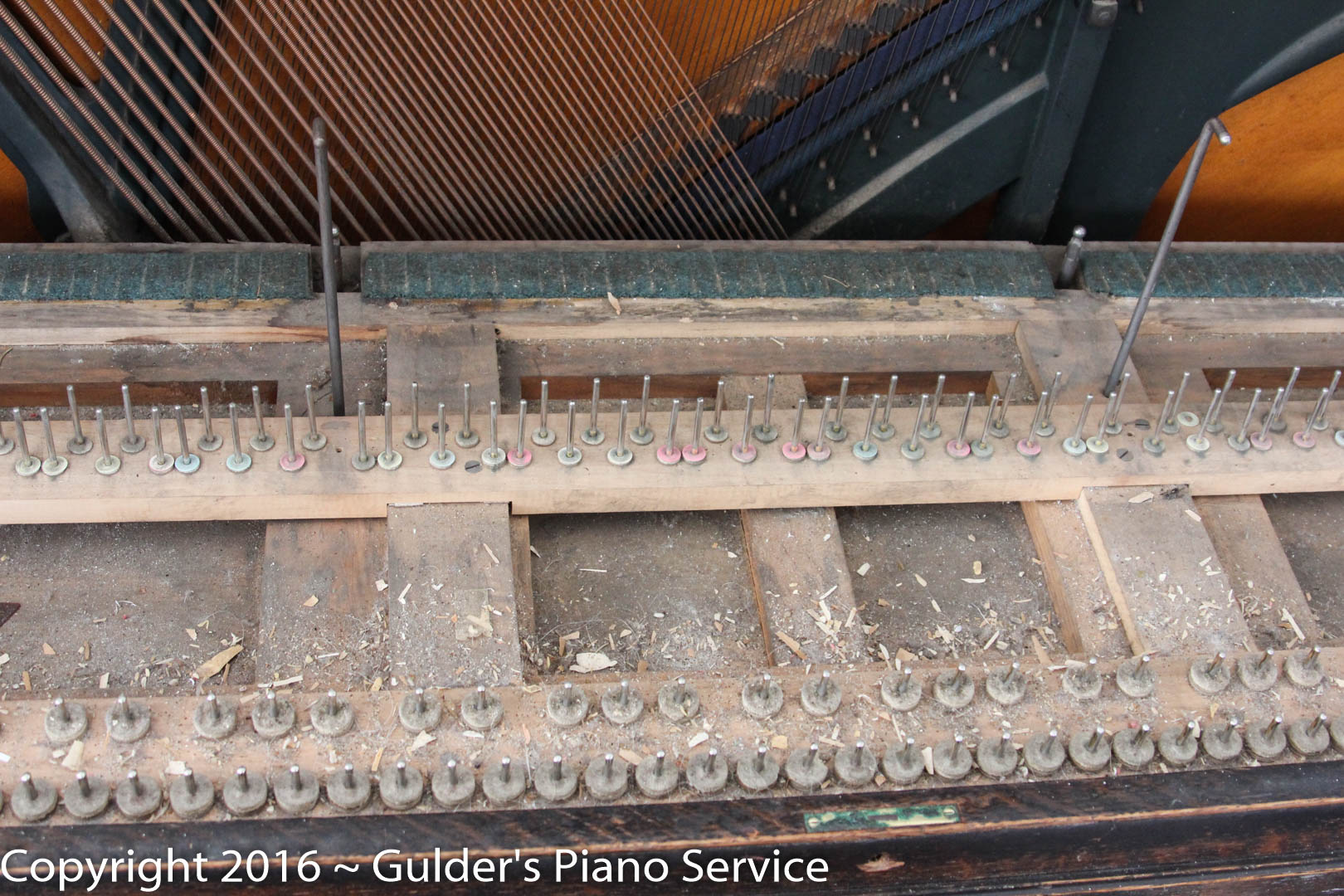
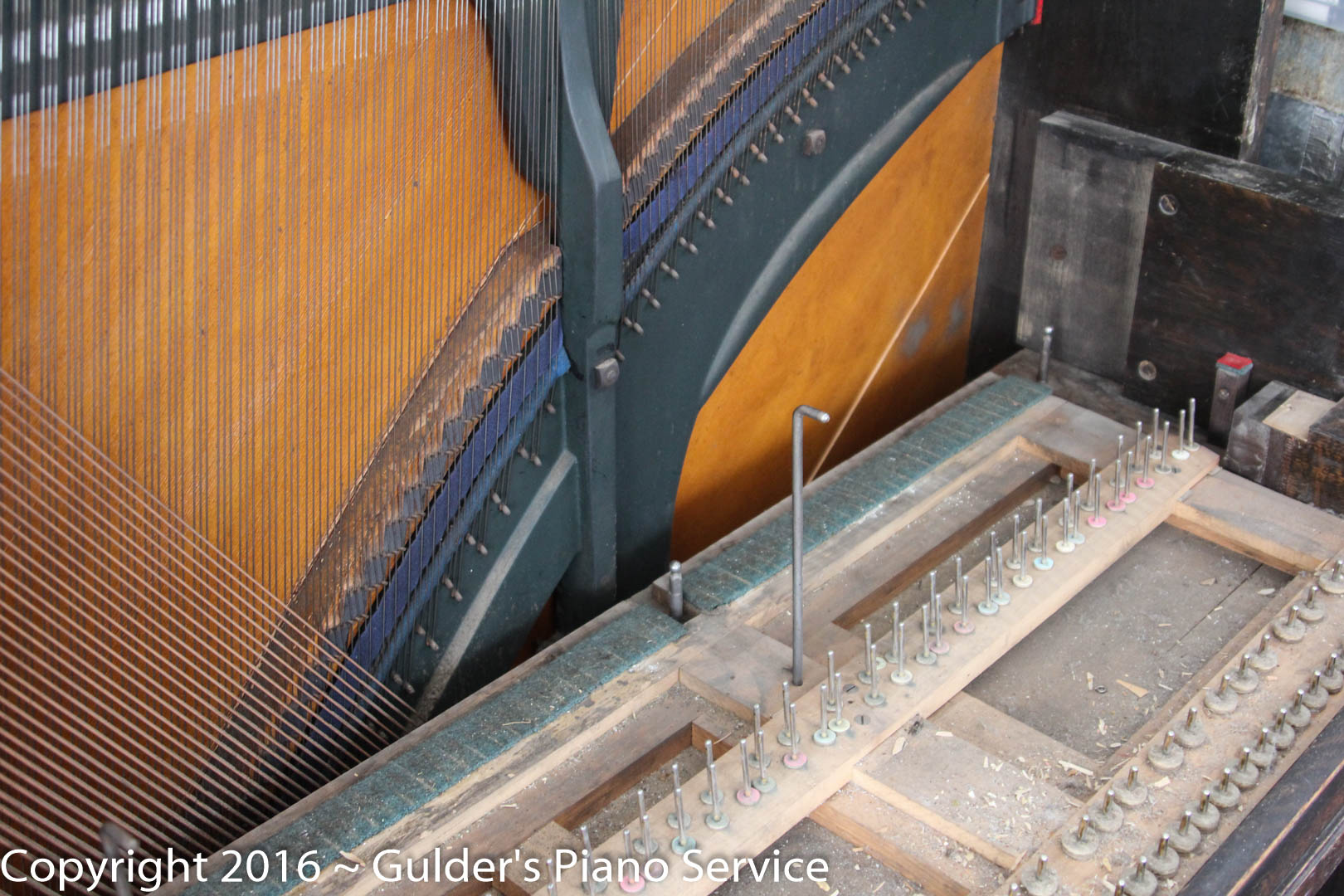
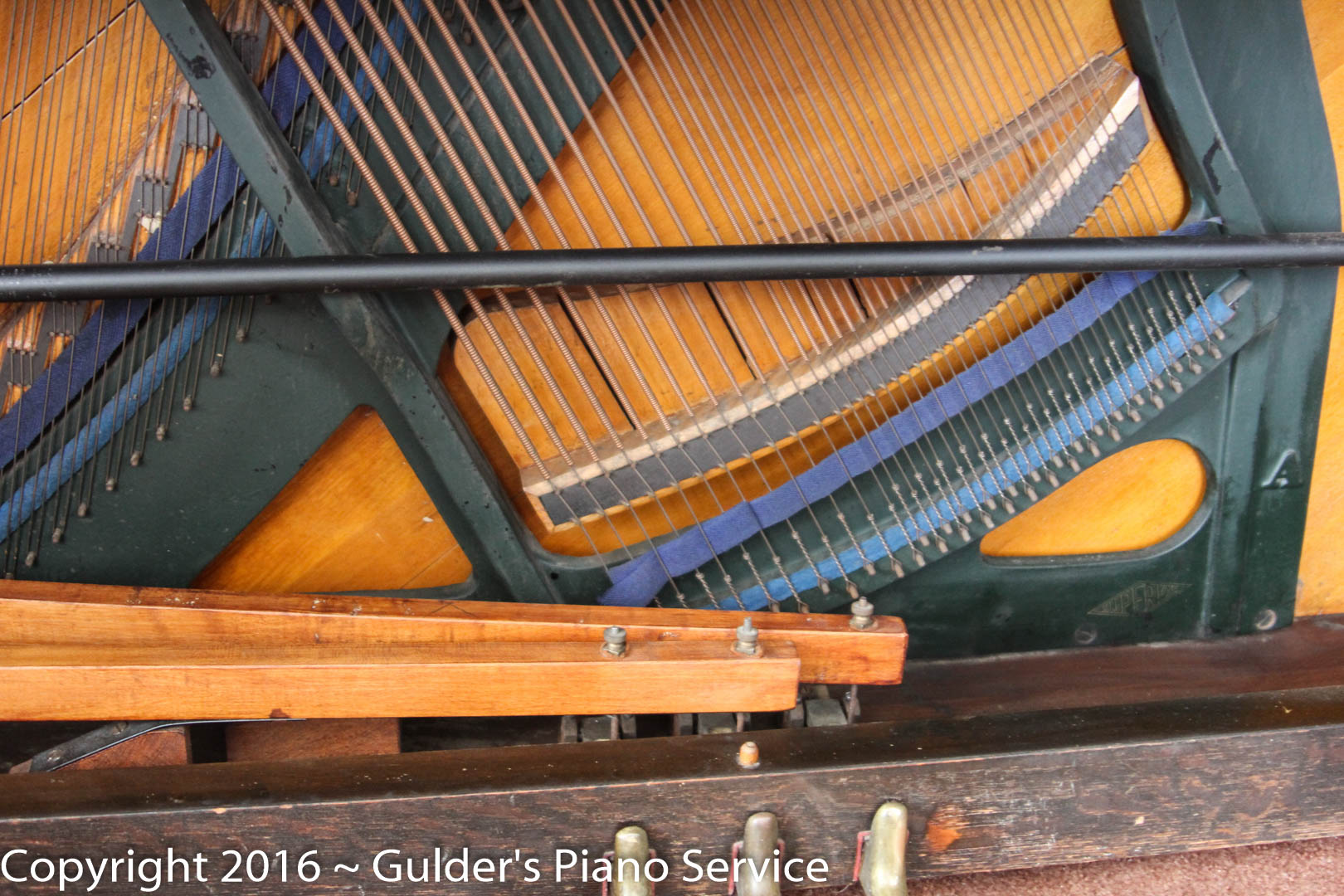
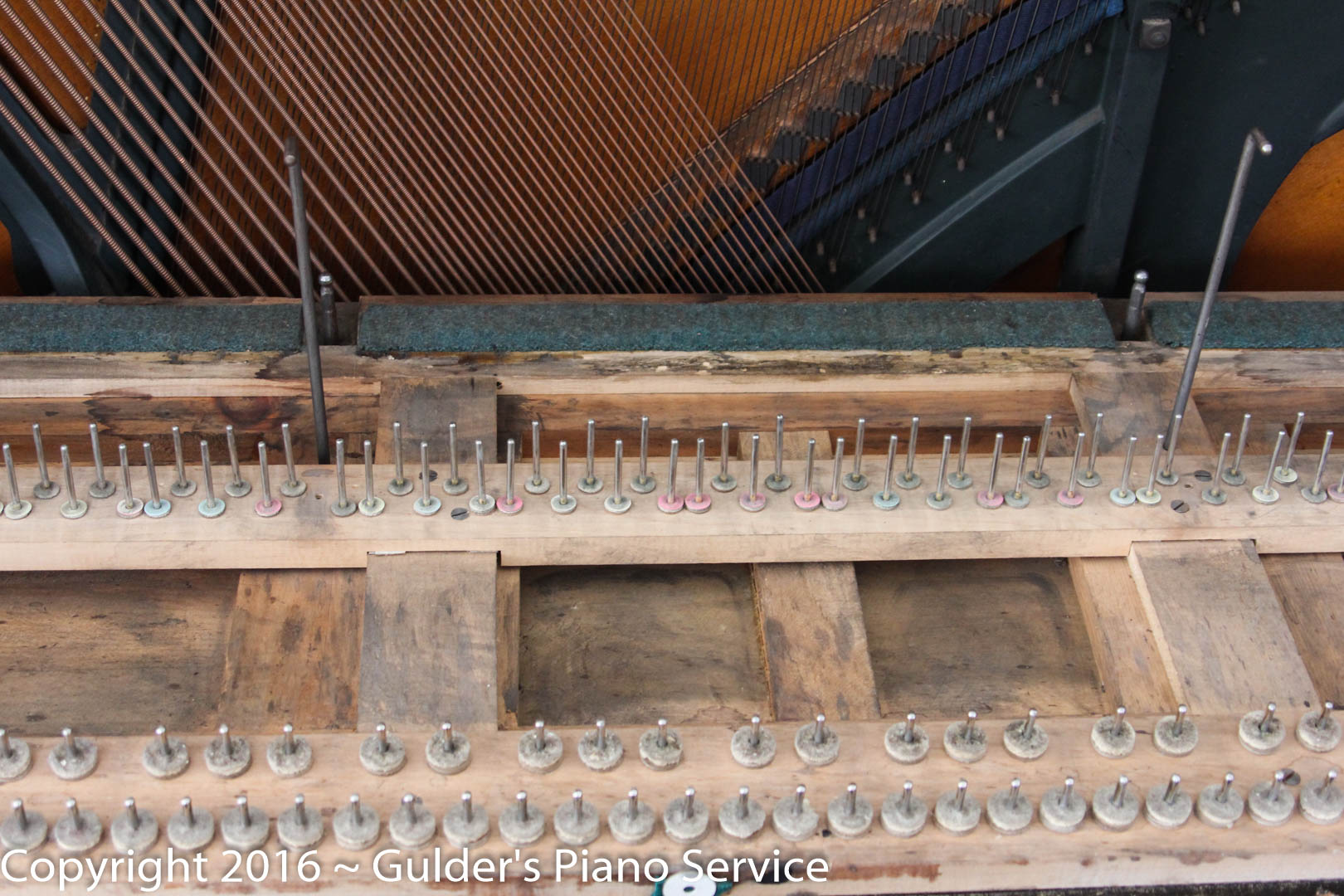
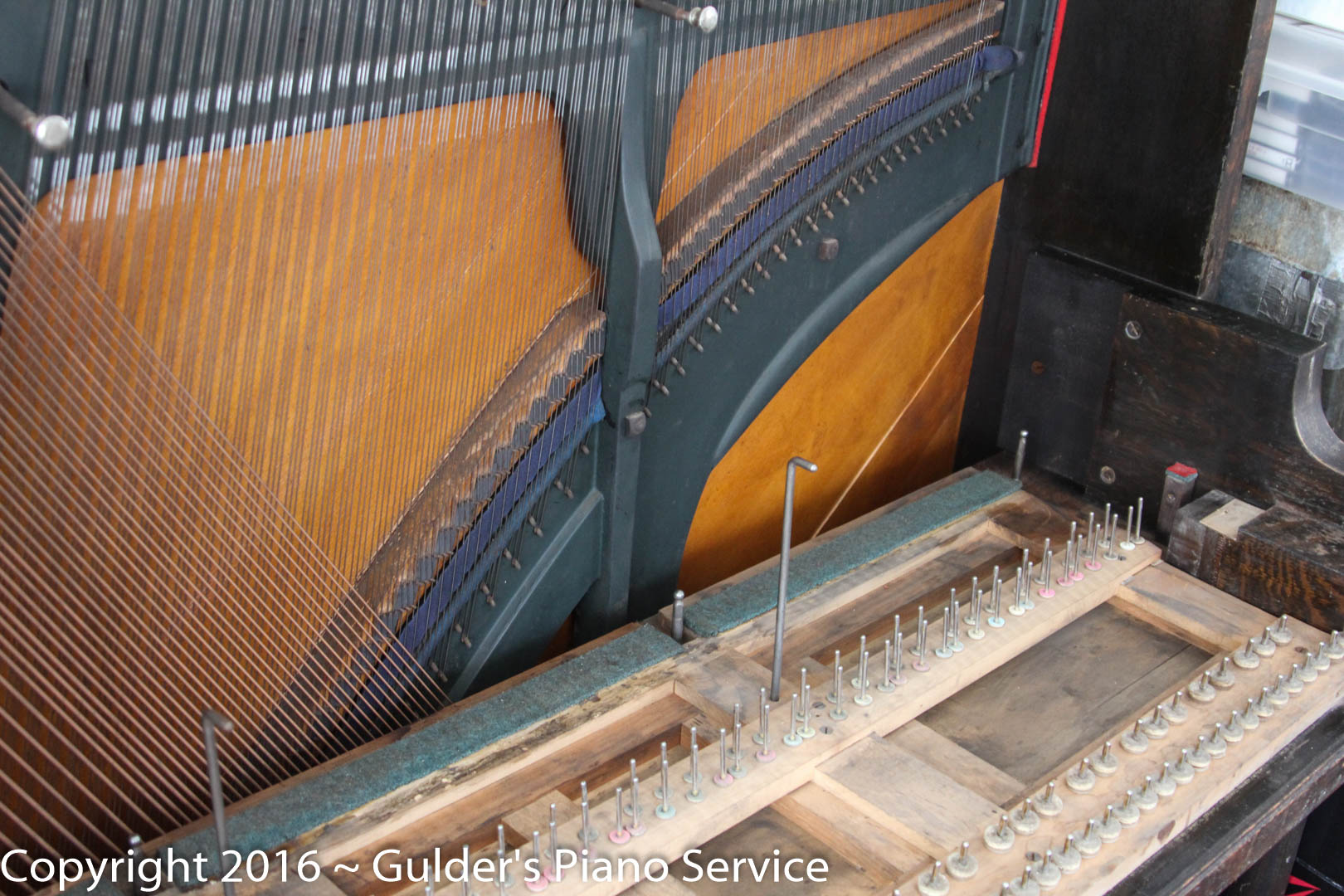
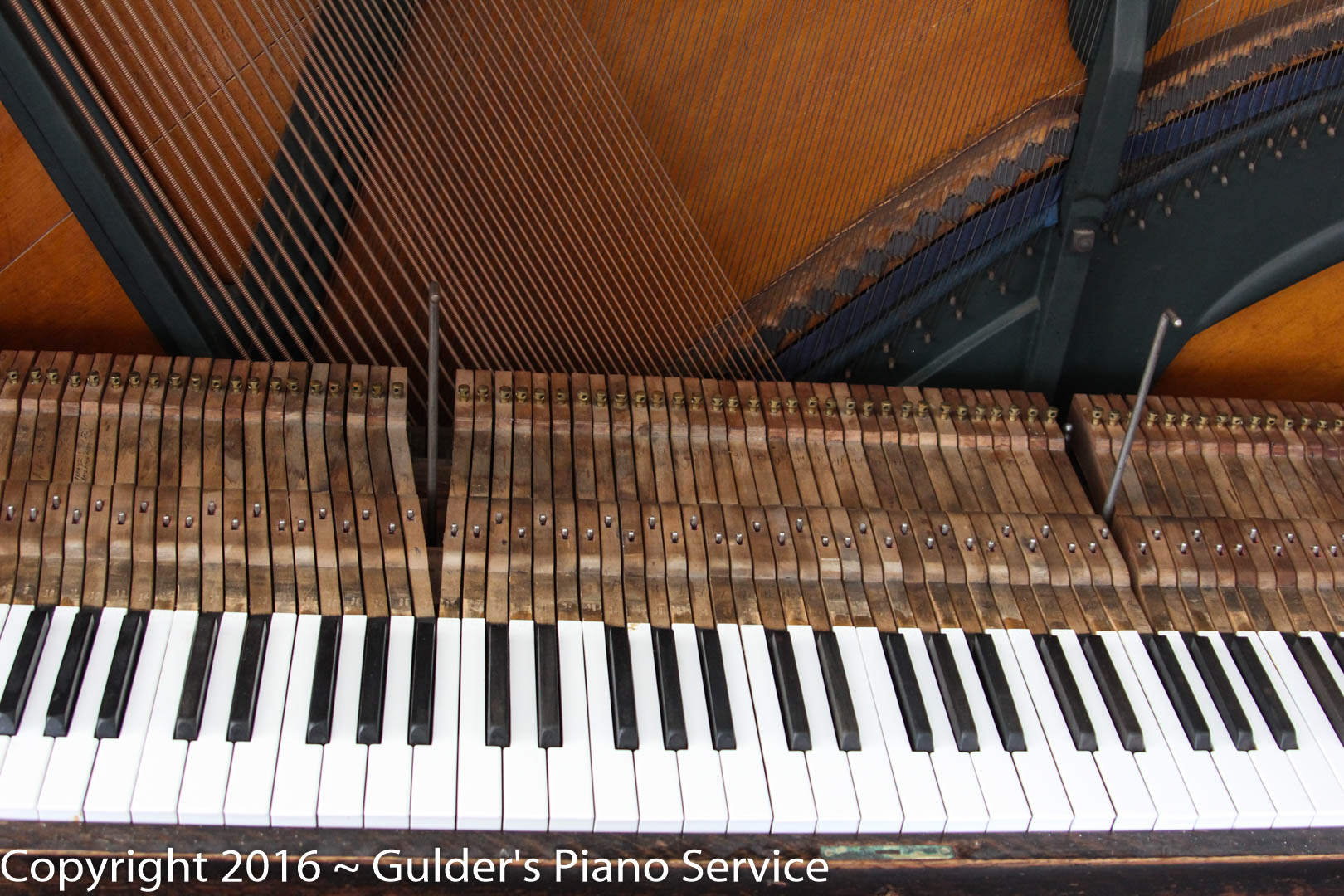
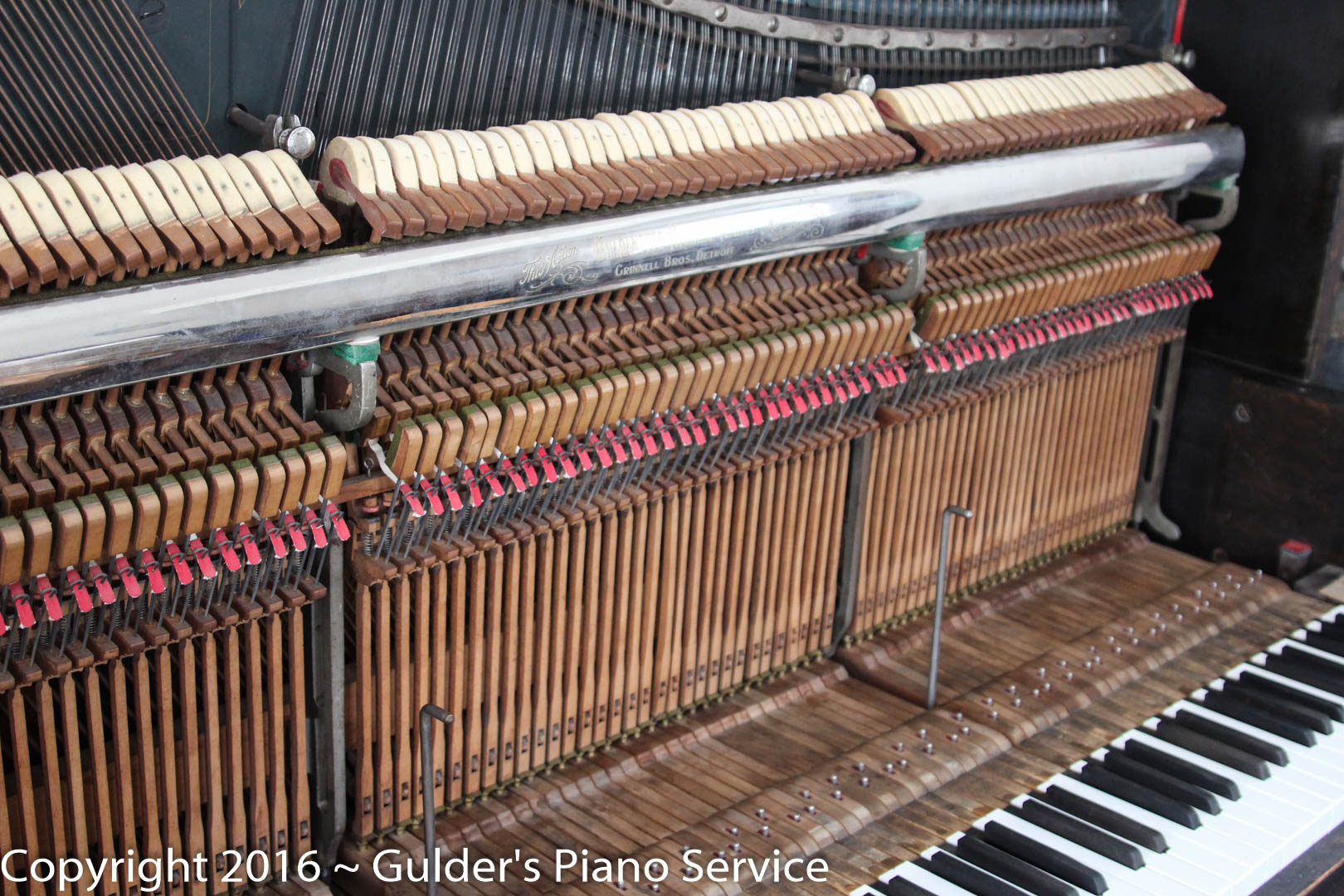
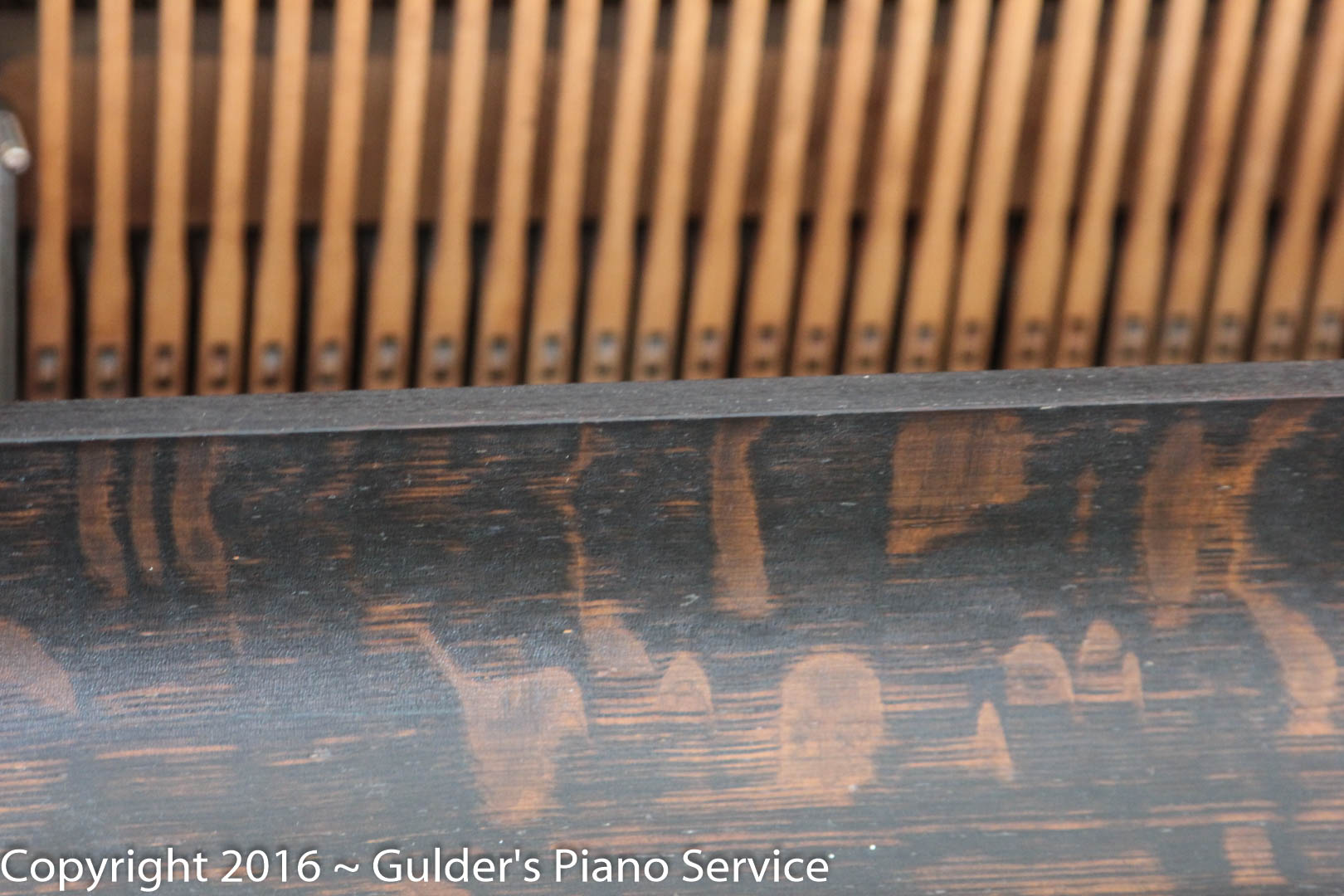
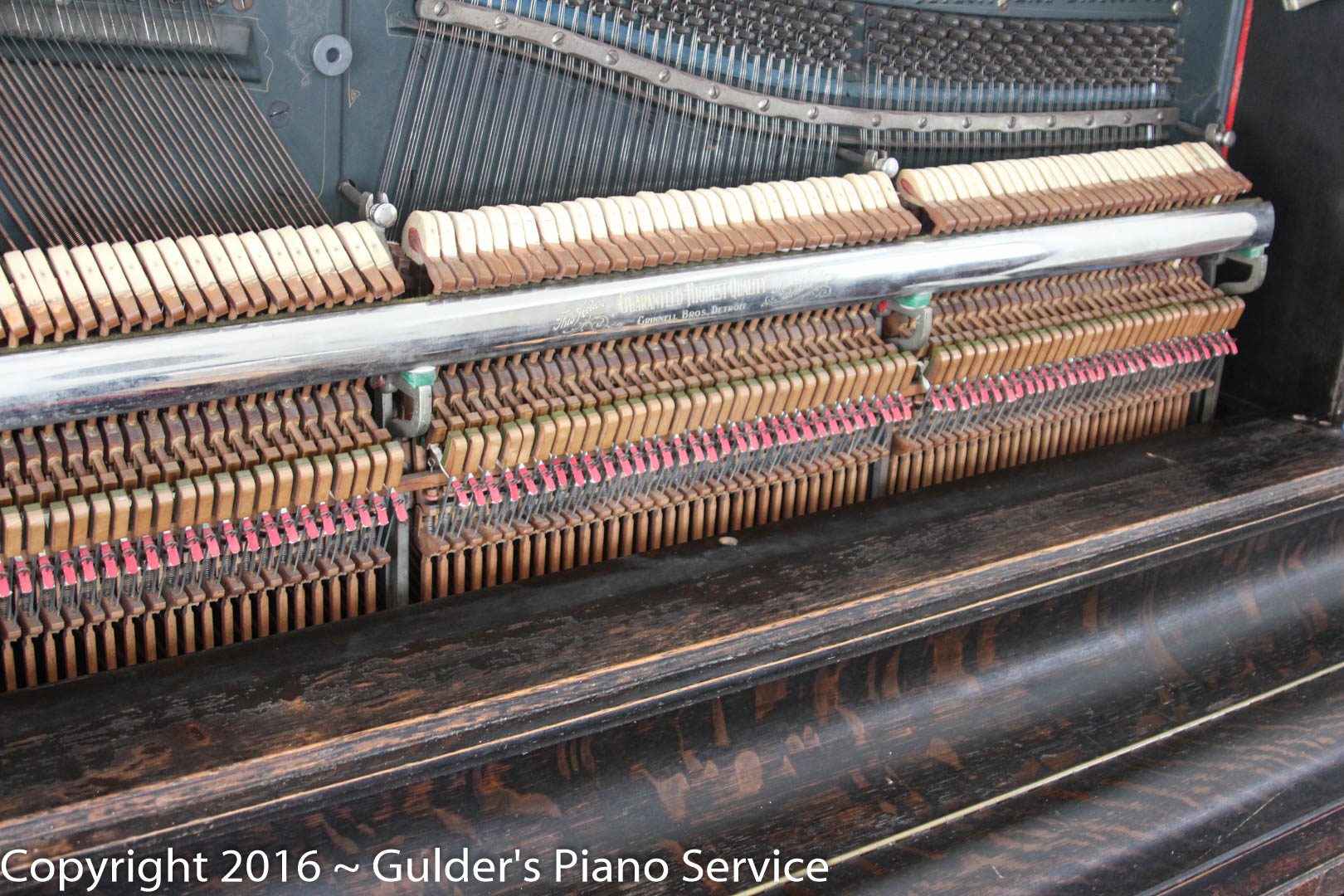
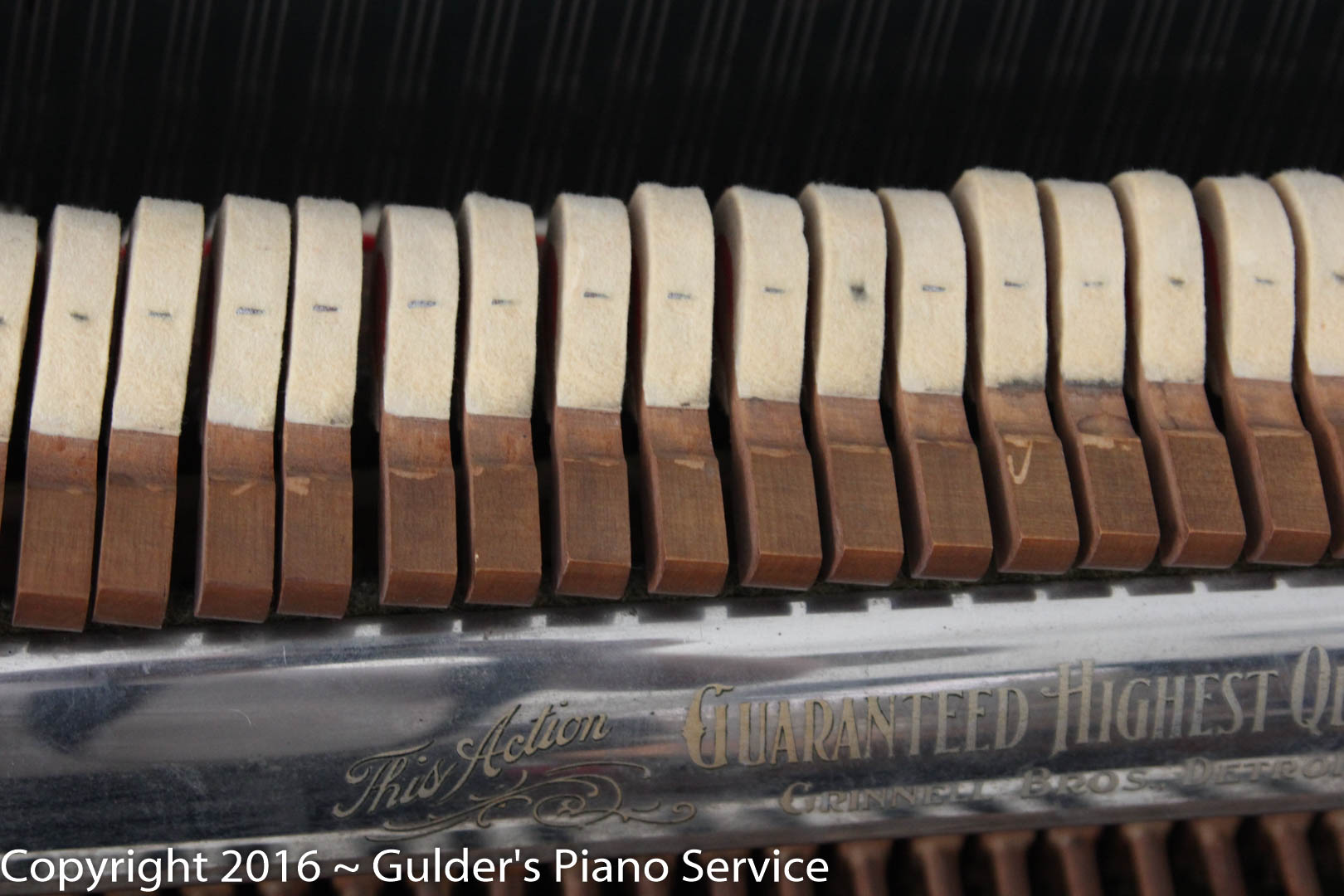
Respect to website author , some wonderful entropy.
Awesome post! Keep up the great work! 🙂